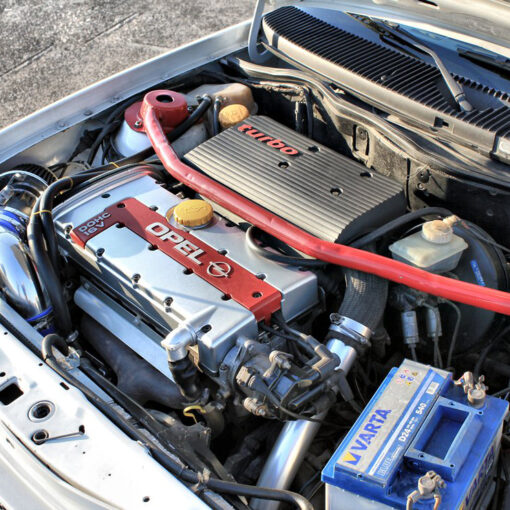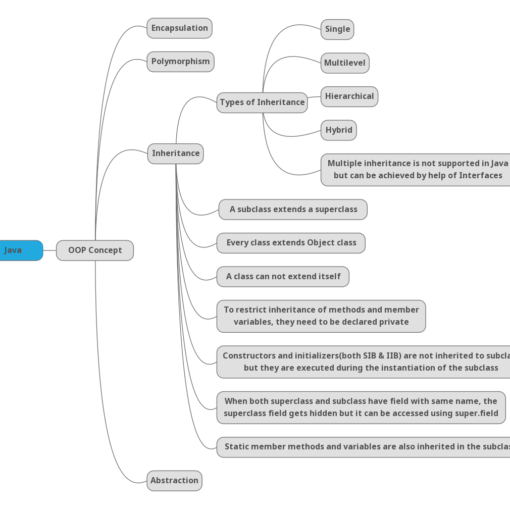There are many different kinds of car safety standards, but some of the most common include:
Global Level
- European New Car Assessment Programme (Euro NCAP): Euro NCAP is an independent organization that tests the safety of new cars in Europe. Euro NCAP tests cars in a variety of crash scenarios and assigns them a star rating, with five stars being the highest.
- Global NCAP: Global NCAP is a similar organization to Euro NCAP, but it tests cars in emerging markets around the world. Global NCAP also assigns star ratings to cars, with five stars being the highest.
- LATIN NCAP: The Latin NCAP is an independent organization that conducts crash tests on cars sold in Latin America. The LATIN NCAP does not set safety standards for cars, but its crash test results are often used by car manufacturers and governments to set safety standards.
- UN Regulations: The United Nations has developed a set of regulations for vehicle safety, known as the UN Regulations. These regulations are adopted by countries around the world and cover a wide range of safety features, including airbags, seat belts, and child restraints.
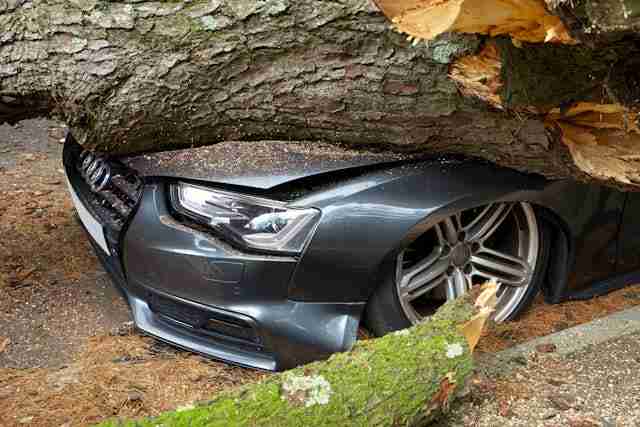
- Federal Motor Vehicle Safety Standards (FMVSS): In the United States, the National Highway Traffic Safety Administration (NHTSA) sets FMVSS, which are mandatory safety standards for all cars sold in the country. FMVSS cover a wide range of safety features, including airbags, seat belts, and electronic stability control.
- Australian Design Rules (ADRs): In Australia, the Australian Government sets ADRs, which are mandatory safety standards for all cars sold in the country. ADRs cover a wide range of safety features, including airbags, seat belts, and electronic stability control.
- NHTSA: The National Highway Traffic Safety Administration (NHTSA) is a US government agency that sets safety standards for cars sold in the United States. However, the NHTSA does not have any direct role in setting safety standards for cars sold in India.
- IIHS: The Insurance Institute for Highway Safety (IIHS) is an independent organization in the United States that conducts crash tests on cars. The IIHS does not set safety standards for cars, but its crash test results are often used by car manufacturers and governments to set safety standards.
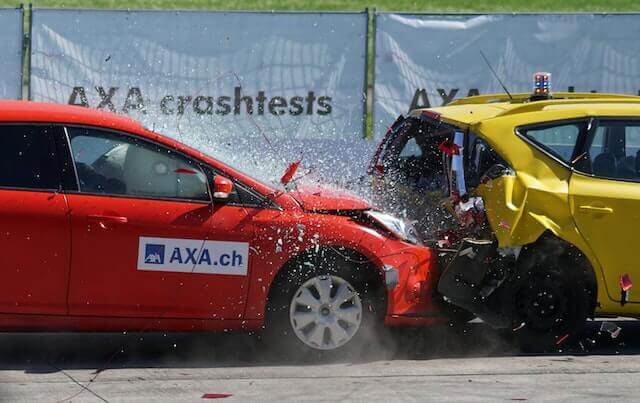
India Level
Following are the different kinds of safety standards for a car in India:
- Bharat New Car Assessment Programme (Bharat NCAP): Bharat NCAP is a government-backed program that tests the safety of new cars in India. Bharat NCAP tests cars in a variety of crash scenarios and assigns them a star rating, with five stars being the highest. The program was launched in 2023 and is gradually phasing in mandatory safety features for all cars sold in India.
- Indian Standards (IS): The Bureau of Indian Standards (BIS) sets IS standards for a variety of products, including cars. IS standards for cars cover a wide range of safety features, including airbags, seat belts, and child restraints.
- UN Regulations: India has adopted many of the UN Regulations for vehicle safety. These regulations are mandatory for all cars sold in India.
- OEM Standards: Car manufacturers often set their own safety standards for their cars. These standards may be more stringent than the mandatory standards set by the government or the BIS.
In recent years, there has been a growing movement in India to improve the safety of cars. This movement has been led by organizations like the Global NCAP, which conducts crash tests on cars sold in India and publishes the results for consumers. The Global NCAP has played a major role in raising awareness of the importance of car safety in India.
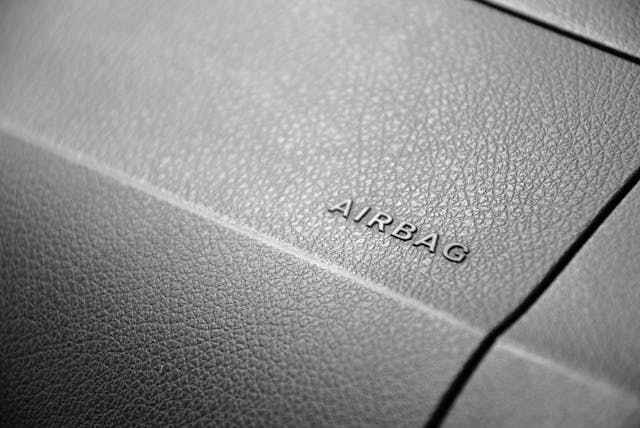
Some of the safety features that are currently mandatory for all cars sold in India:
- Driver-side airbag
- Front passenger airbag
- ABS
- Seat belt reminder for driver and front passenger
- Reverse parking sensors
The following safety features are expected to be made mandatory for all cars sold in India in the near future:
- Side airbags
- Curtain airbags
- Electronic stability control (ESC)
- Child safety seats
- ISOFIX child seat mounts
It is important to note that the safety standards for cars in India are constantly evolving. It is always a good idea to check the latest safety standards before buying a car.
Further Readings
- Read more about Automotive Safety: https://en.wikipedia.org/wiki/Automotive_safety
- Checkout our other Car Reviews & Beginners Zone blogs


